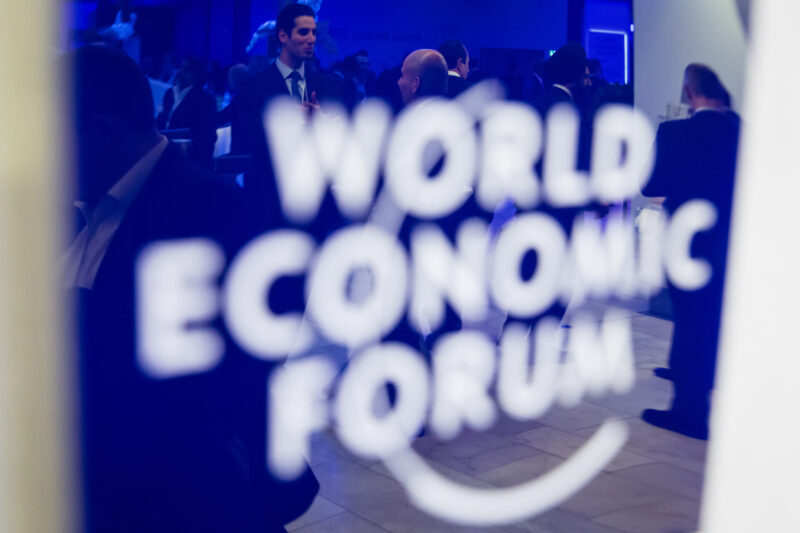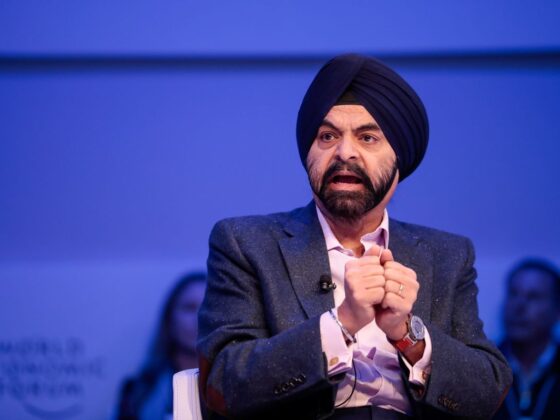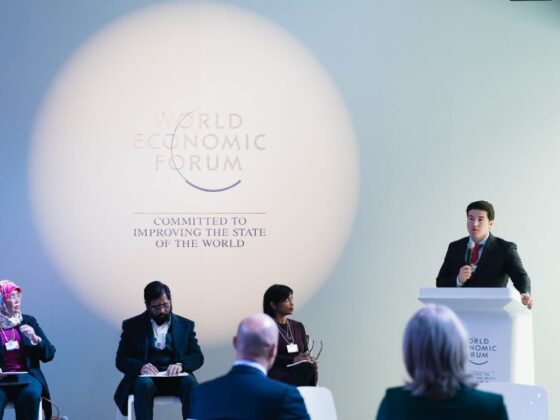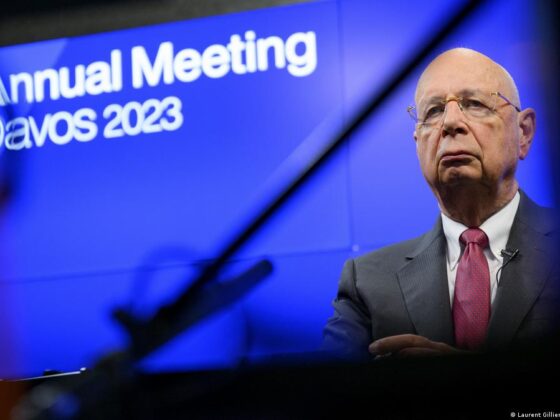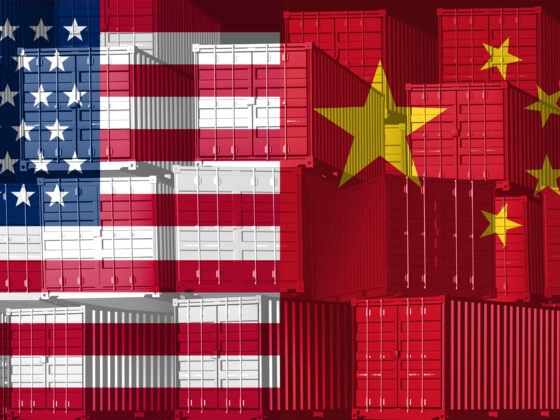How green services can enable circular economy in cities worldwide
Cities globally contribute to 60% of global greenhouse gas (GHG) emissions. As such, introducing and adopting effective policies, systems and solutions can play an important role in accelerating the decarbonization of cities.
Inaction now could see the cost of cutting these emissions rise by as much as 50% by 2050.
The circular economy, an economic system that eliminates waste and pollution by design, keeping materials in the system where possible through reuse, repair and recycling, is an effective way to reduce the emissions caused by cities without impacting the quality of life or harming business.
In fact, the shift to a circular economy would create climate-resilient cities with a myriad of economic, social and environmental benefits.
The transition to renewable energy sources would cut 55% of global GHG emissions. Moving to a circular economy could eliminate the remaining 45% required to reach the UN climate goals.
But financial, structural and operational challenges remain. Radical collaboration will be key to overcoming them, and already new ways of approaching the delivery of public services are gaining momentum.
Servitisation for the circular economy
Governments, as consumers and enablers, have the opportunity to encourage the adoption of innovative circular economy principles in many ways, including the adoption of servitisation.
Servitisation or Product-as-a-Service (PaaS) offers a shift away from selling assets toward charging customers, on their terms, for the use of products. Consumers, which include public authorities, do not purchase the products — only the services they provide.
As cities plot their net-zero roadmaps, servitisation can help them achieve their net-zero goals.
Servitisation has grown rapidly across several industries, and in each case, the solution provider is responsible for the product: its upkeep, maintenance, storage and replacement if damaged.
Governments can play a leading role in adopting circular economy principles by carrying out the public procurement of green services through the servitisation model. Some visionary leaders are already noticing this opportunity. Anna Möller Wrangel, Head of the Strategy Unit and Acting Head of the Business Unit at Sweden’s National Agency for Public Procurement, called public procurement a “strategic tool that can lead to the rapid implementation of new technical, fossil-free solutions and circular flows.”
Rather than the upfront purchase of equipment, purchasing services provided through the PaaS model will stimulate mass demand for green services, supporting local businesses and encouraging public-private collaboration. In most cities, securing a budget for capital investment in advanced solutions or adopting smart solutions year-on-year is challenging. Servitisation, or PaaS, offers cities a way to accelerate the deployment of green equipment, renewable energy and improve overall energy efficiency.
This model enables cities to accelerate their energy transition while ensuring financial sustainability. For example, the government in Bogota, Colombia, has deployed 400 hybrid buses using a PaaS model for the vehicles’ batteries, which are generally considered the riskiest component of hybrid and electric buses.
The capital expenditure required to purchase a hybrid bus dropped significantly while still providing the benefit of a lower operational expenditure compared to traditional diesel buses, which cost more to purchase and run.
Governments can create an enabling environment through policy levers such as fiscal measures — for example, tax breaks for market-based mechanisms — and financial support, such as creating incubators for the private sector to build services needed by the public sector. This would have a positive knock-on effect on the private economy, too.
Servitisation and innovation in business
Based on recurring revenues, the servitisation model encourages providers of solutions and services, typically experts in their field, to design products for long-term use, optimise system efficiency for improved margins and design reusable and recyclable components.
Servitisation is a green service — it incentives service and goods providers to minimise waste and maximise efficiency.
The model can be used for appliances such as washing machines, dryers and humidifiers, and also for larger applications such as lighting, heating and cooling solutions in corporate buildings.
This is already happening: India’s Elpro Business Park-1 hired a Singapore-based company to provide a solar-powered cooling system for the whole premises under the PaaS model. That agreement has resulted in 30% efficiency gains without any upfront investment required on the customer end.
Simultaneously, the provider has improved the life-cycle costs to optimise the system-level operation and reduce the rate of degradation over the system’s lifespan.
Elsewhere, a refrigeration product and service company headquartered in South Africa has deployed solar-powered refrigeration to cool one of the largest dairy factories in the country using the servitisation model, improving the customer’s efficiency by 30%.
The servitisation model offers exceptional outcomes, but there is much work yet to be done in expanding knowledge and awareness about contracts, building fair pricing models, innovatively financing solutions and implementing operational changes for green services. Several initiatives are already underway, however, in supporting the adoption and spreading awareness of servitisation.
The Global Servitisation for Energy Transition (SET) Alliance provides tools and expert know-how to shift to servitisation. The “Toolbox of Solutions” by the World Economic Forum includes more than 200 global solutions, including servitisation, which can help cities achieve decarbonisation.
Every stakeholder, from the government to the private sector, has a role to play if cities are to reach net zero and deliver a climate-resilient future — and green services, deployed by innovative businesses and public sector organizations, will be a critical tool for making this happen.


